Internationally acclaimed Lebanese photographer Roger Moukarzel still remembers his humble beginnings in the mountain village of Beit Chabeb, where summers were full of adventure.
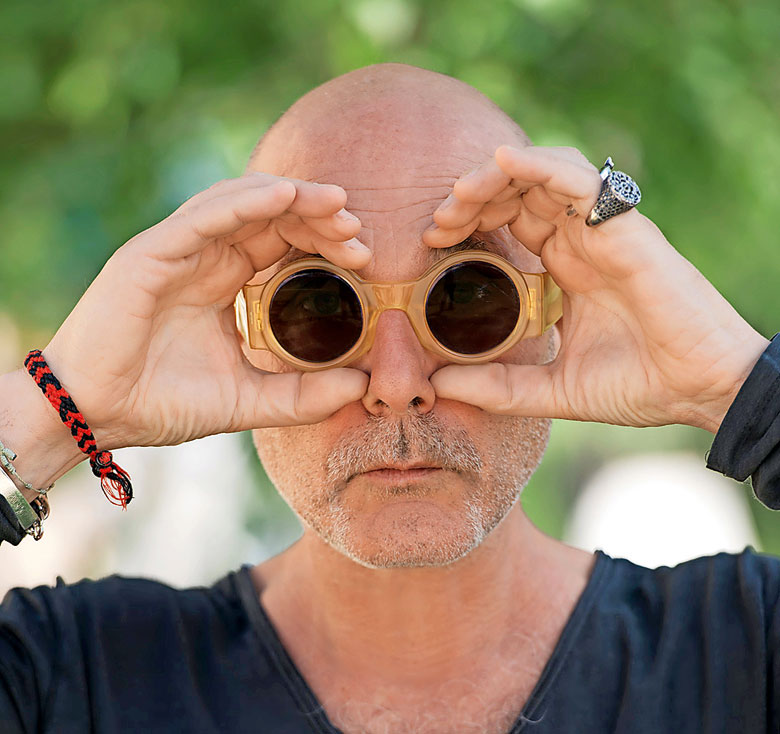
“During the summer, I used to hang out with my old friend Abou George. He was a shepherd in the village,” Moukarzel says. “I used to go out at six o’clock in the morning with the sheep and come back in the afternoon. I still remember the times I would take my shower in the evening and be so dirty I would see the dark water washing down the drain.” Indeed, Moukarzel spent his childhood playing with friends and cousins in the beautiful green fields of Beit Chabeb, Mount Lebanon, surrounded by nature.
Early life
Born in 1962, Moukarzel’s talent with a camera was evident from an early age, when he took an interest in war photography. “Because I was born into a family of journalists, I used to hang out with journalists at the newspaper office,” he recalls. “When the war erupted in Lebanon, I used to take my brother’s camera – at a very early stage – and shoot some black and white images in the village.”
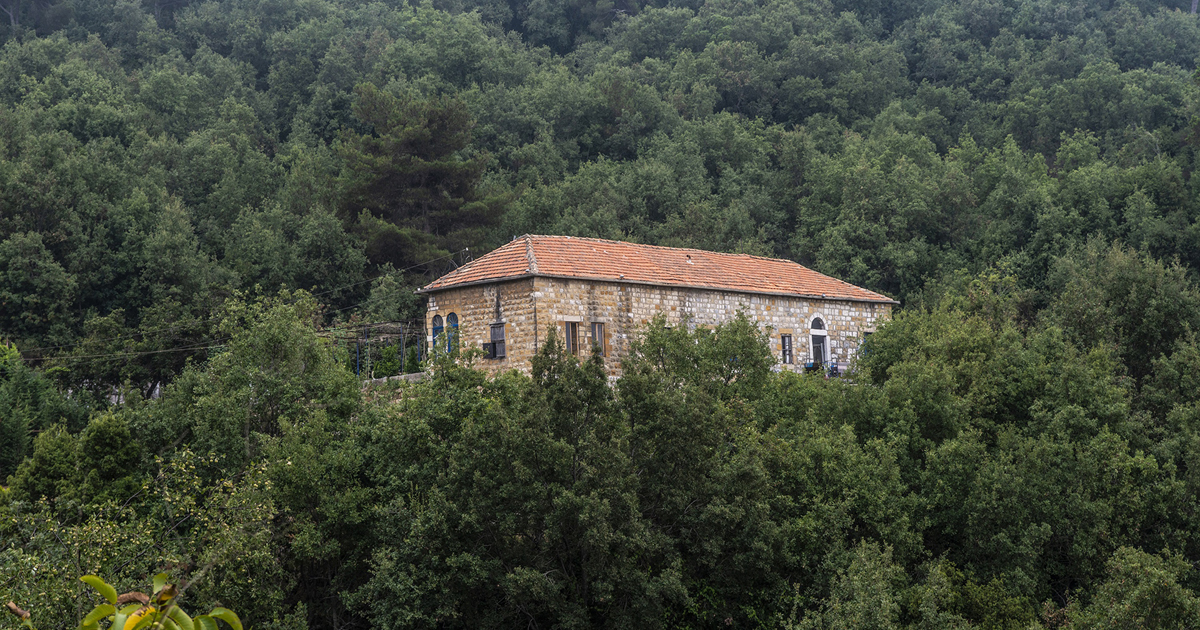
By the age of 15 Moukarzel was selling his photographs to Sygma and Reuters, embarking on a decade-long career as a professional war photographer documenting the conflict that had engulfed his homeland. As time moved on he began to question his choice, ultimately leading him away from war coverage into fashion and art photography instead.
“I was aware that what we used to do as war photographers was not translated accurately. A big part of the news was fake news because, at some level, they would translate whatever photos I had taken in a different way. I was putting my life in danger to show the reality and that was not what they were after, so I decided to quit, not knowing that I would become a fashion photographer in Paris. I continued down that road because I felt that I could express myself in a different way,” he explains.
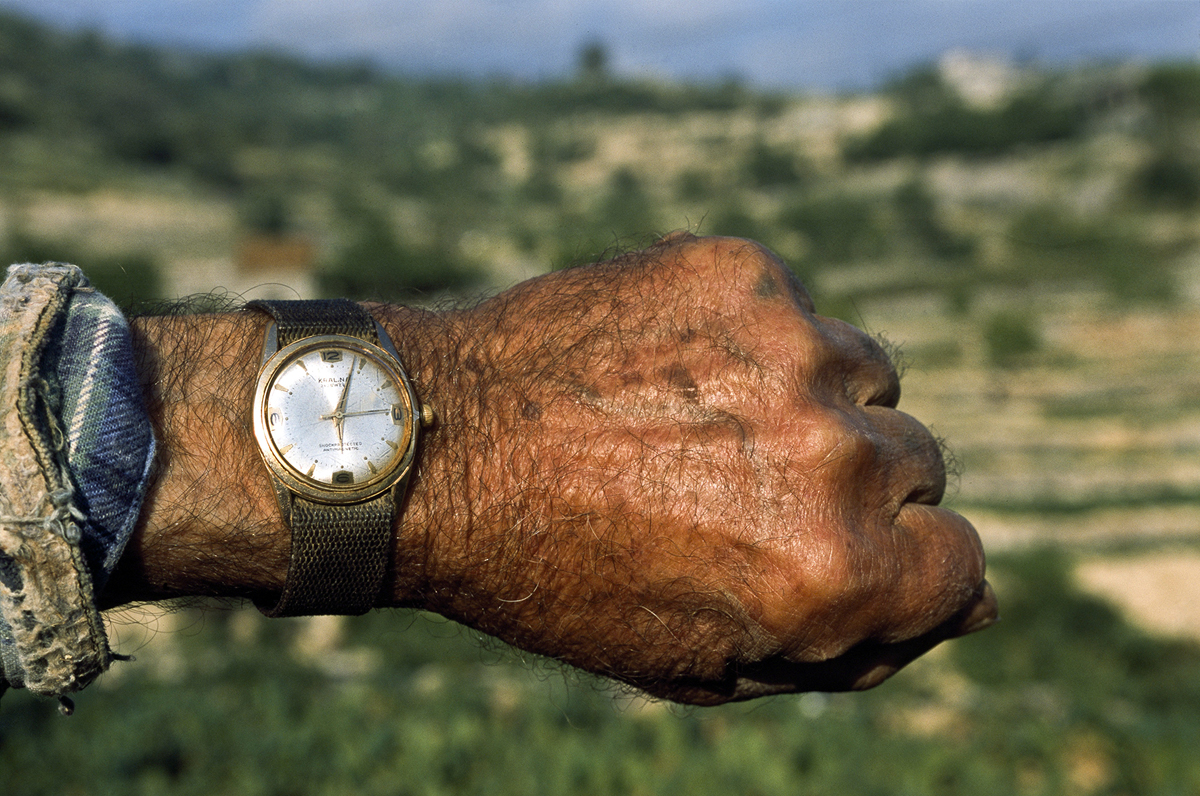
Inspiration
Despite his international outlook, Moukarzel still draws a great deal of inspiration from Lebanon. “I think the variety of colors, contradictions, landscapes and people have inspired me a great deal,” he says. “I cannot live or create in a sterile place. Interaction with people on the street inspires me, as does the good and bad in Lebanon. Being on the street and feeling nervous about lots of things – like noises – makes you react and pushes your mind to the edge. This to me is the mother of creativity.”
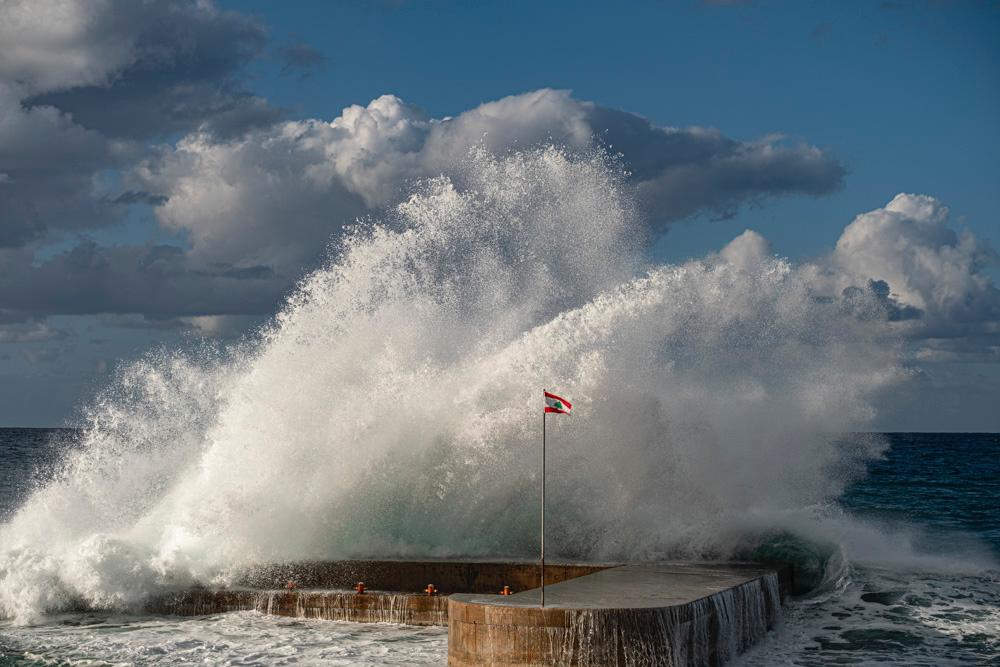
He admits that there is a lot of positivity and just as much negativity; but Lebanon continues to win the hearts of people. “Lebanon keeps here. The vibes that Lebanon gives me and many other people, strangers and foreigners, cannot be found elsewhere. As I said before in many interviews, I can only be creative in Lebanon. I have lived and worked in France and Canada, but I was never inspired to do any exhibitions or be artistic,” he adds.
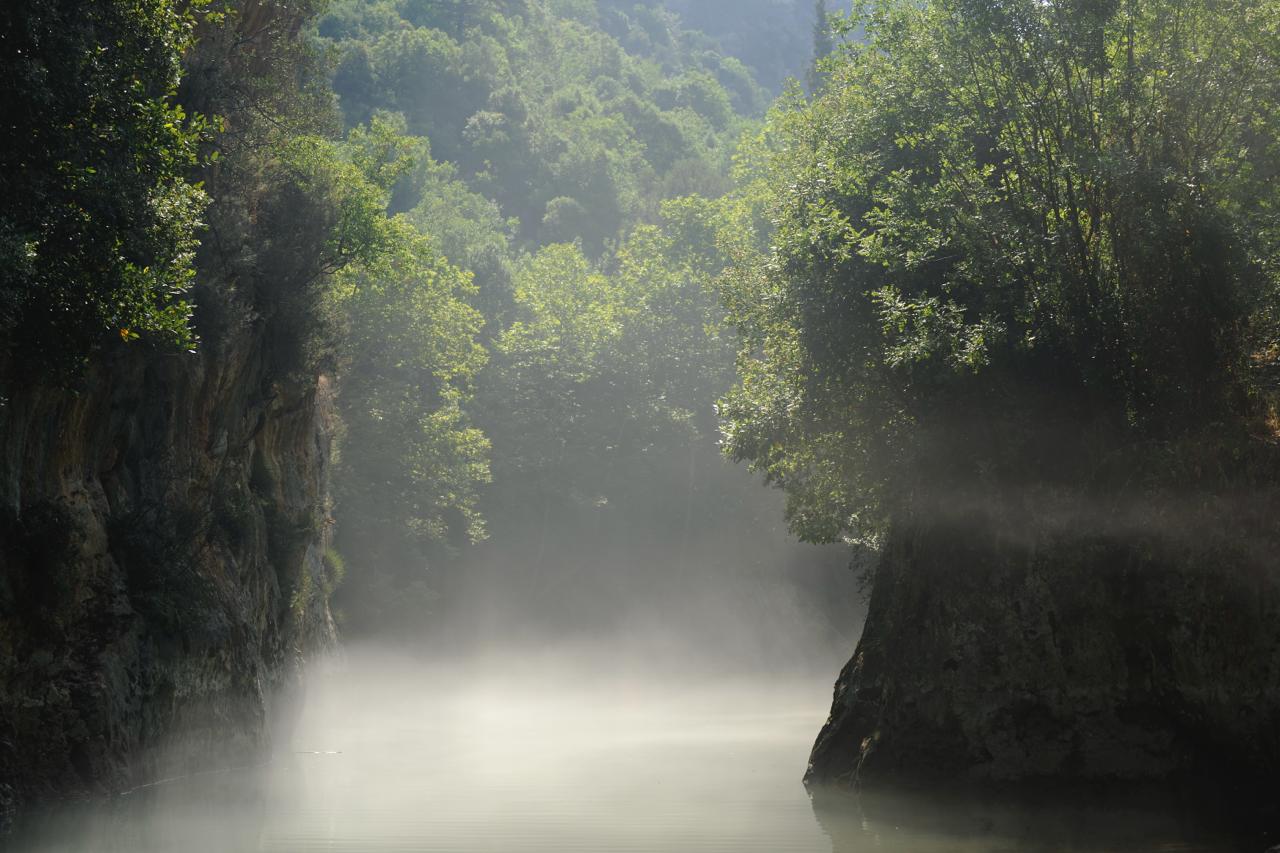
He is preparing for his third exhibition focused on the environment. It’s ready to be exposed, though the venue is still unknown. Through large statues made of sand and windows and a scenography that incorporates photography, Moukarzel will explore themes of environmental urgency, the need to protect nature and the hope for a better way of living. He is also in the process of producing a book on Lebanon with Jihad Achkar, which he plans to release in September 2025.
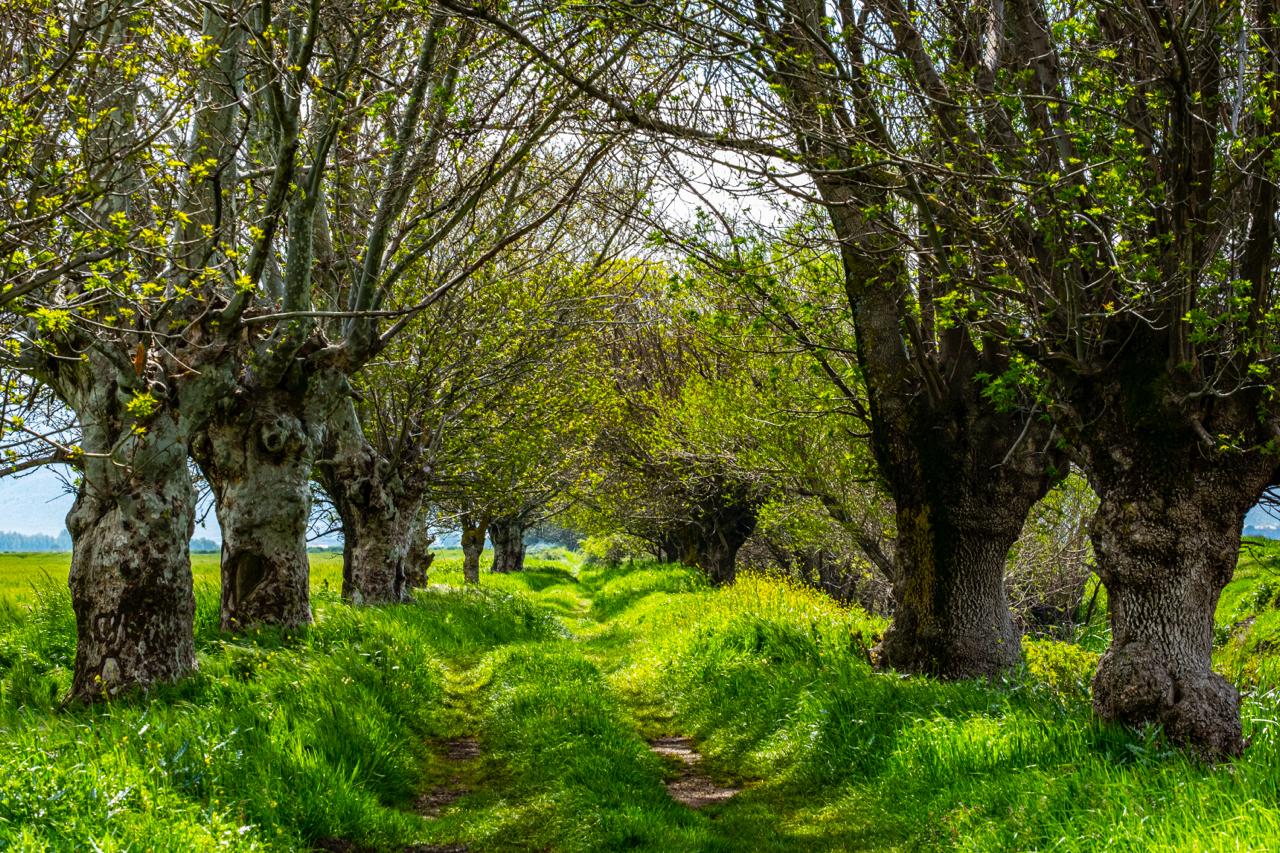
“My ultimate dream for Lebanon is that it can be a country we respect people, culture, nature, education and each other. Lebanon is the greatest and most beautiful country in the world in my eyes and in the eyes of many people. It will always be home,” he says.
If you enjoyed reading this, check out our interview with Lebanese fashion designer Salim Azzam.
Loading